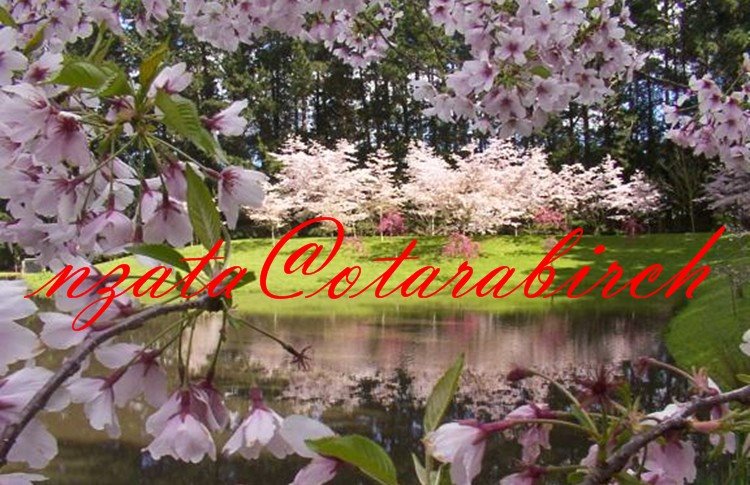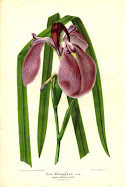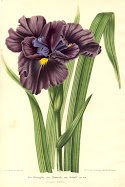
Early / Mid Season
Japanese Iris.
Iris ensata " Iapetus"
This Japanese iris is stunning and produces tall stems of truly beautiful flowers in mid season. It stands out in a garden display with it's spectacular 6 petal ruffled form of Iris ensata " Iapetus".
The colour is stunning. A beautiful rich wide ruffled light ground, sanded and veined deep blue - violet; blue -violet halo, deep red violet styles. Dark rich in colour when the young flower buds open and once in full bloom the sun fades it out to softer exciting colours which illuminates in the evening light. Shows signs of branching producing extra flower buds.

Excellent pollen producer and pod parent for cross pollination and production of seed. Some exciting crosses and exciting new varieties have been successfully introduced all over the world from this variety. A great hybridizers doorway to the unknown.
The plant grows really well for me with lots of beautiful clean foliage and tall ram rod stems held proudly above the upright arching foliage. It produces an abundance of flowering stems on a well formed stunning clump in late November / early December.
This variety was created and selected by Sterling Innerst in Southern PA/ Maryland. USA., registered and introduced in 1987 from seedling 928-1. It was called HORAE but this changed with registration in 1987.
This variety was created and selected by Sterling Innerst in Southern PA/ Maryland. USA., registered and introduced in 1987 from seedling 928-1. It was called HORAE but this changed with registration in 1987.
928-1 is crossed with: (Narihira x Valiant Prince) X Frostbound. Introduced by Ensata Gardens in 1988. 
"Iapetus" was awarded an Honorable Mention (HM) for its plant growth habit and flowering in 1990, then gained a Award of Merit (AM) in 1994 after its introduction. Success in its growing habit and flowering in a garden took "Iapetus" to win the prestigious Payne Medal. The highest award possible for a Japanese iris in 1997. Awarded by The Society of Japanese Irises.

"Iapetus" was awarded an Honorable Mention (HM) for its plant growth habit and flowering in 1990, then gained a Award of Merit (AM) in 1994 after its introduction. Success in its growing habit and flowering in a garden took "Iapetus" to win the prestigious Payne Medal. The highest award possible for a Japanese iris in 1997. Awarded by The Society of Japanese Irises.
It grows to a height of 86 cms (34 ins) and flowers early to mid season in New Zealand while flowering in the mid season else where in the world.
This beautiful variety looks magic planted up to be enjoyed in the garden near your pond or any rich moist soil.
Remember to give it at l
 east 6 hours of sun light if you can.
east 6 hours of sun light if you can.Japanese irises are gross feeders so a good balance fertilizer in the early spring and again after flowering around the drip line of foliage will do them proud. Little and often is a good rule of thumb for fertilizers. Water in where possible to help the plant take up the benefits. Mulch around the plants with barely straw, pine needles or pea straw to retain moisture in soil and prevent weed growth.

Remember that Japanese Irises "Love wet toes and dry ankles" so when you are planting these take this into consideration please.
Available in New Zealand and around the world.
* Acknowledgement: - 2003 Cumulative Check list of the Japanese Irises complied for The Society of Japanese Irises.
P.S. Did you know that if you click on the photo it will enlarge for you.
* Acknowledgement: - 2003 Cumulative Check list of the Japanese Irises complied for The Society of Japanese Irises.
P.S. Did you know that if you click on the photo it will enlarge for you.





2 comments:
Thank you Anon, I am intrigued and inspired to begin a hybridizing program in Japanese iris after reading about the work of your Grandfather and Grandmothers dedication in working with Japanese Irises and the fabulous results from their achievements that we see today in gardens all around the world. It has been a great pleasure to write about them. I will be in touch. Best wishes with your garden. Eddz
Post a Comment